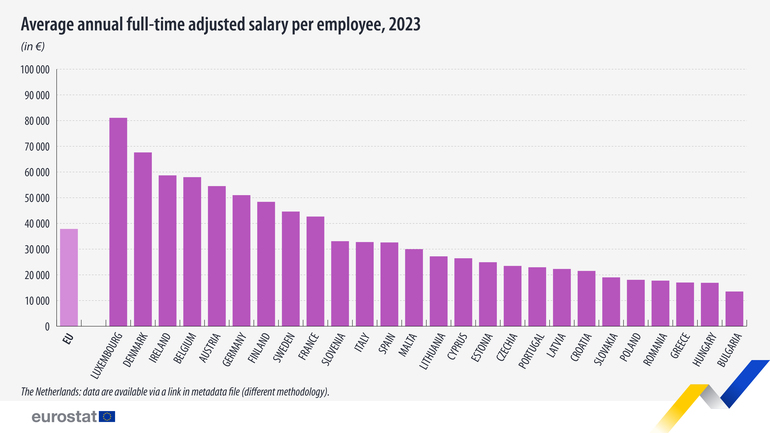The situation is even worse in annual terms, with agriculture the only sector that managed to register positive results. On average, gross domestic product (GDP) fell by an annual 7.4 percent in the first nine months of this year. The annual decline was 7.1 percent in the third quarter, and data provided by Eurostat indicates that Romania registered the fifth-sharpest drop in GDP in the European Union, while Poland is the only EU member whose economy is still growing.
While agriculture rose by an annual 2.4 percent in the third quarter, the construction sector registered the sharpest decline, of 17.4 percent, followed by net taxes (-14.9 percent), and trade (-11.3 percent). In monetary terms, GDP amounted to RON 127.78 billion (€30.2 bln) in the third quarter, with the average exchange rate in the July-September 2009 period at RON 4.2247/€1.
GDP dropped 0.6 percent in Q3 compared to Q2. In quarterly terms, Romania has more sectors in the black, with agriculture still leader, with 15.1 percent growth. Industry ranks second, with a 3.6 percent increase. In fact, analysts said that industry already emerged from recession, but the same cannot be said about agriculture, due to its seasonal nature. INS also presented data on the evolution of the economy in the first three quarters of this year. In current prices, the value of GDP in the first nine months was RON 334.23 bln. Romania’s GDP in current prices is estimated at RON 497.3 bln in 2009. The International Monetary Fund (IMF) revised its forecast for a decline in the economy in 2009 to 7.5-8 percent from 8.5 percent, and expects a slow recovery in 2010. At the EU level, the steepest annual declines in GDP were registered by Estonia (15.3 percent), Lithuania (14.2 percent), Slovenia (8.5 percent), and Hungary (8 percent). Poland was the only country that posted economic growth, of one percent. The entire European Union registered a drop of 4.3 percent in the third quarter, while the euro zone declined 4.1 percent, according to Eurostat. The most significant increases in Q3 compared to Q2 were registered by Lithuania (6.1 percent), Slovakia (1.6 percent), Slovenia (1 percent), Portugal and Austria, 0.9 percent each.



